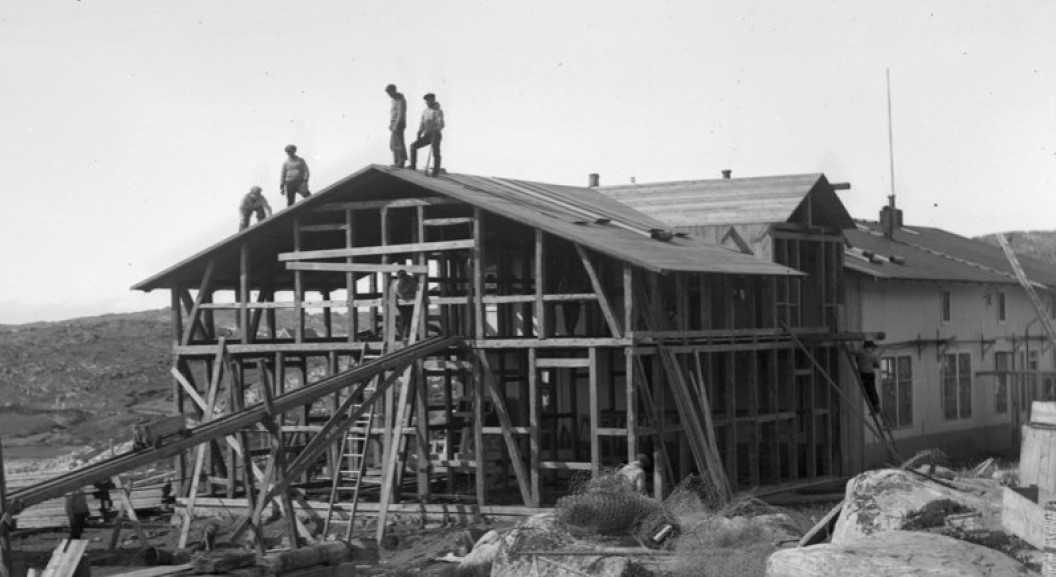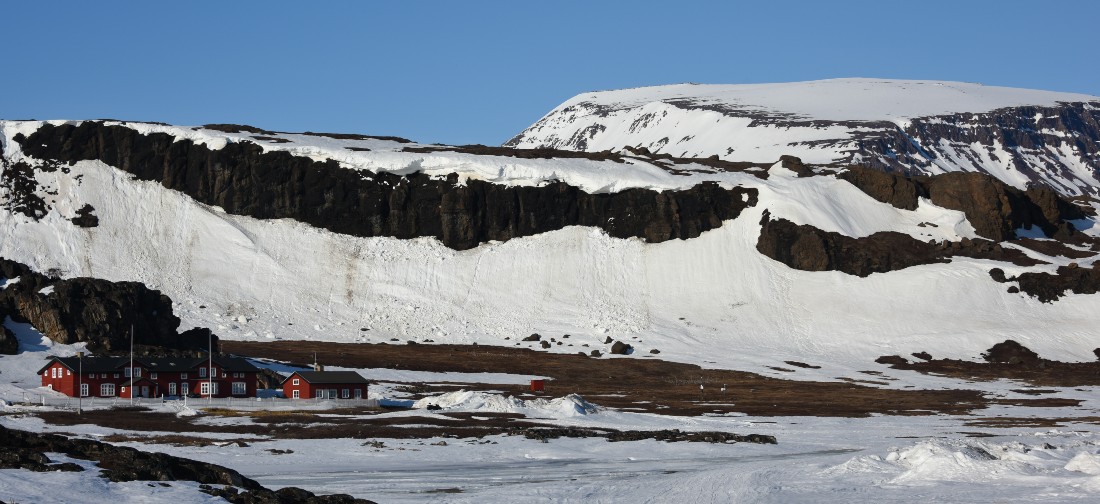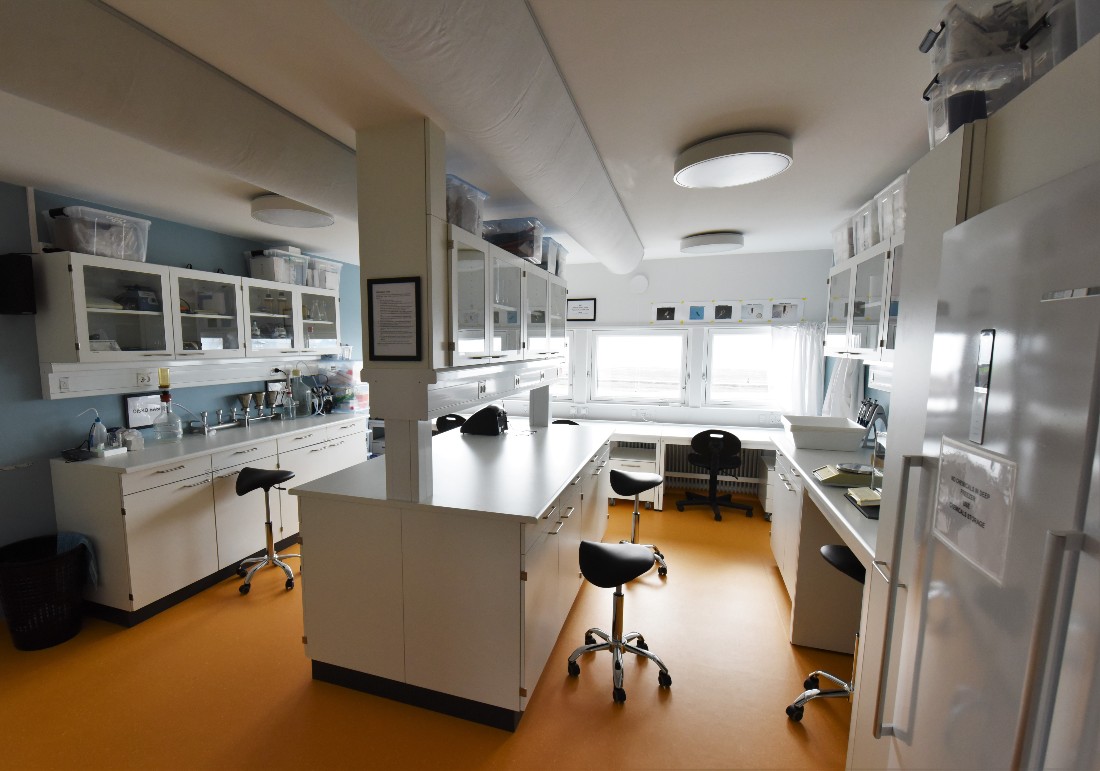Popular research station reopens in Greenland: Danish zoologist recognized the greenhouse effect at same site in 1904
For more than a century, Arctic climate research has been collected and stored at the University of Copenhagen's northernmost research station – the Arctic Station. Now, after a thorough renovation and modernisation, the station has reopened. More than 100 researchers and students from around the world are waiting to begin using it again for their Arctic and climate studies.

For more than a century, the University of Copenhagen’s Arctic Station in western Greenland has been the base for many hundreds of research projects, including studies on climate change, which is often noticed first in the Arctic environment. Ever-increasing interest in climate research in the Arctic has led to a growing number of visitors to the Arctic Station for a long time. Now, after being thoroughly renovated, the station is open once again.
The Arctic Station was established in 1906. After some modernisation and expansion work in recent times, the station required a major overhaul in 2018. The laboratories were outdated, there were too few beds for the number of people interested, and too little space was available for the amount of equipment needed to conduct modern polar field research.
More than one hundred researchers and students from around the world have been waiting to return to using the station as a base for their climate research, among other things. Now, a state-of-the-art Arctic Station is ready to serve as a base for new studies in the Arctic.
"Global warming is occurring at three to four times the rate in the Arctic as it is on the rest of the planet. Consequently, interest in performing research in Greenland has somewhat exploded, with researchers visiting from Denmark, Nordic countries and Greenland, as well as from major research centers in the United States, Germany and Japan. Of course, they require modern facilities," says Senior Consultant Morten Rasch of the University of Copenhagen, who heads the Arctic Station in Greenland.
The modernization has brought an increase in the number of beds, from 26 to 39, state-of-the-art laboratory facilities and a storage hotel where researchers can warehouse their modern polar research equipment from year to year.
Another important detail is that guests can look forward to flush toilets instead of the station's previously not so popular bag toilets. Arctic Station chief Morten Rasch emphasizes that there is one thing hasn’t changed – the panoramic view of humpback whales in Disko Bay.

Zoologist detected the greenhouse effect in 1904
The station has been widely visited since first being built. The extensive research carried out there includes systematic measurements of changes in arctic ecosystems and permafrost. Here, the station's long history is well mapped:
"The data we collect and store at the station can be used by many researchers," says Rasch.
In a 1904 research article, Danish zoologist August Krogh demonstrated the abnormally high content of carbon dioxide in the atmosphere in Greenland compared to the content in the sea based on measurements collected in Qeqertarsuaq, where the Arctic Station was founded two years later.
"He explained that the high content of carbon dioxide in the air was probably due to the burning of coal during the early industrialization. Thus, he recognized the existence of the greenhouse effect very early on," says Morten Rasch.
That same August Krogh received the Nobel Prize in Physiology or Medicine in 1920 and founded Nordisk Insulinlaboratorium in 1923, which has since become Novo Nordisk.

Contact
Morten Rasch
Station Chief
Arctic Station, University of Copenhagen
Mobile: +299 237431
Mail: mras@ign.ku.dk
Kirsten Seestern Christoffersen
Department of Biology
Professor and Acting Chairperson of the Arctic Station Council
Mobile: +45 23 42 04 22
Mail: kchristoffersen@bio.ku.dk
Pernille Lindemann Rasmussen
Property Developer
Campus Service, University of Copenhagen
Mobile: +45 24 94 25 96
Mail: pernille.rasmussen@adm.ku.dk
Michael Skov Jensen
Journalist
The Faculty of Science
University of Copenhagen
Mobile: +45 93 56 58 97
Mail: msj@science.ku.dk
